What are the Different Types of AI Agents in Healthcare
Published: 15 Jun 2025
It has been reported by ABC that Over 30% of a doctor’s time is spent doing paperwork instead of caring for patients. That’s a big problem especially when hospitals are full and nurses and doctors are already overwhelmed. Many patients wait longer. Some get missed. That’s where AI agents can really help.
AI agents are smart tools that help us to make healthcare faster, safer and easier. They don’t get tired. They don’t forget. And they work around the clock to support both doctors and patients.
In this post, we’ll break down the different types of AI agents used in healthcare, how they work and how they are already changing hospitals, clinics and even home care. We will keep it super simple with real-life examples anyone can understand.
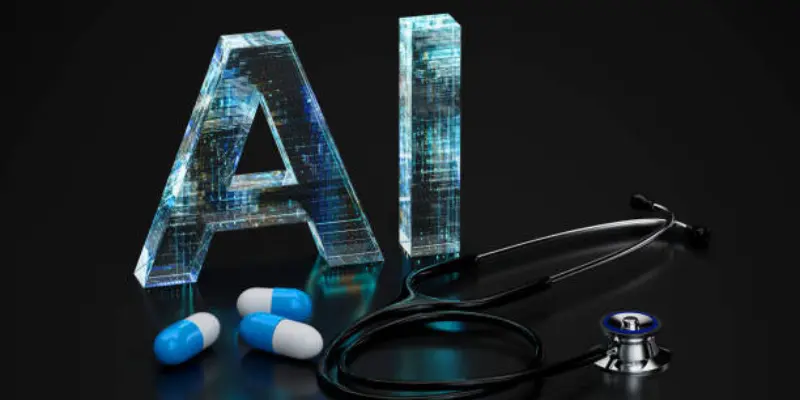
What is an AI Agent?
An AI agent is a smart computer program that can sense what’s happening, think about it and take action. Just like a human assistant, it listens, decides and responds but it works with data and rules instead of feelings.
An AI agent is like a digital helper. It watches what’s going on, makes a smart choice and then does something based on that choice.
In healthcare, AI agents are used to:
- Monitor patient health (like heart rate or blood sugar)
- Give medicine reminders at home
- Help doctors make better decisions using patient data
- Spot early warning signs before a problem gets worse
Example:
Imagine a smart thermometer at home. When it sees your temperature is high, it sends an alert to your doctor. That’s a basic AI agent, it sensed a problem and acted on it.
These agents don’t replace doctors. They simply support medical teams by doing repetitive tasks, watching data 24/7 and reducing errors.
Types of AI Agents in Healthcare
AI is transforming healthcare by improving diagnosis, treatment, medications and patient care. Different AI agents play unique roles in this progress of healthcare AI. Some follow fixed rules embedded in their algorithm, while others learn and adapt. Knowing these types helps us understand how AI shapes the future of medicine.
1. Simple Reflex Agents
Some tasks in healthcare need quick action. No delay. No deep thinking. Just a fast response when something goes wrong. That’s where Simple Reflex Agents come in.
These AI agents follow one basic rule: “If something happens, do this.”
They don’t try to understand the bigger picture. They don’t remember what happened before. And they don’t learn new things. They only react to what’s happening right now based on a set of rules.
Even though they are simple, they play a big role in hospitals, clinics and even home care. Why? Because they can catch problems early and alert someone immediately, sometimes even saving lives.
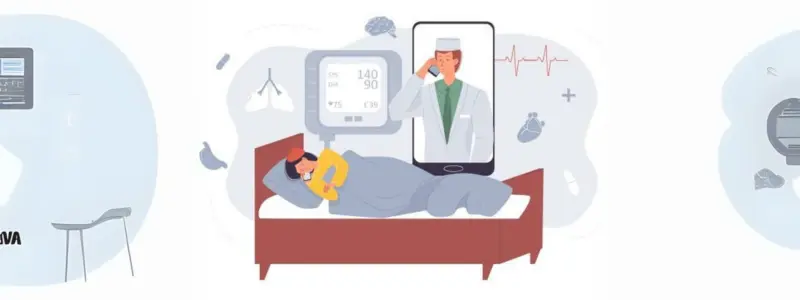
✅ Key Features of Simple Reflex Agents
Here’s what makes these agents helpful in healthcare:
- Fast Reaction: They respond right away to specific situations like an emergency alarm.
- Rule-Based: They follow pre-set instructions, such as “If heart rate > 120, send alert.”
- No Learning: They don’t change or adapt. They always follow the same rules.
- No Memory: They act only on what they see at the moment not what happened before.
- Best for Routine Monitoring: They work well for tasks that need quick and simple responses.
🏥 Example in Real Healthcare
Let’s say a patient is wearing a device that checks their heart rate.
If the rate goes too high, the device sends a loud alert and notifies the nurse.
It doesn’t ask why. It doesn’t check the patient’s history. It simply follows its rule:
“If heart rate is too high, alert the staff.”
You will also see Simple Reflex Agents in:
- Bed sensors that sound an alarm when a patient gets up
- Smart pillboxes that beep if medicine is missed
- Thermometers that warn when fever is too high
- Blood pressure cuffs that alert for abnormal readings
- Basic health apps that send reminders or alerts
These agents may be simple but they handle important jobs. They help caregivers stay informed, reduce risks and act faster, especially when time matters most.
Also Read: How AI can Help in Sex Change
2. Model-Based Reflex Agents
In healthcare, not every situation is simple. Sometimes, the system needs to think a little deeper before taking action. It needs to understand what’s going on, not just react. That’s where Model-Based Reflex Agents come in.
These agents still follow rules but they also use something extra: a model of the environment. This model helps them figure out what’s really happening, even when things are not directly visible. They try to “understand” the current situation based on what they know and what they learn in training. So instead of reacting to just one signal, they connect the dots to make smarter choices.
In healthcare, this means they can help with early diagnosis, emergency response and more accurate decisions even when data is missing or unclear.
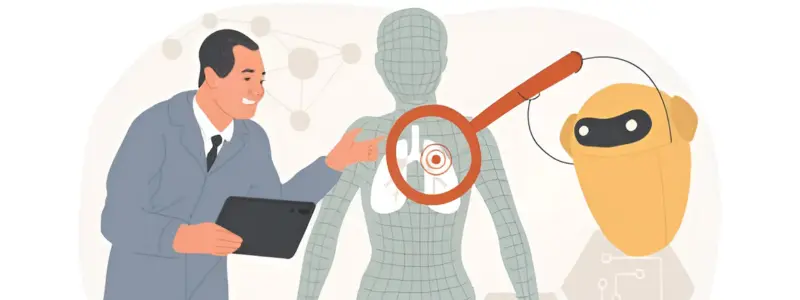
✅ Key Features of Model-Based Reflex Agents
Here’s how they work and why they’re important:
- Smarter Decisions: They use a model (or map) to figure out the current situation before acting.
- Works with Incomplete Data: Even if some information is missing, they still try to respond wisely.
- Uses Past Knowledge: They remember some previous details to understand what’s going on.
- More Flexible: They can handle different situations better than simple agents.
- Useful in Diagnosis: They help doctors by piecing together multiple symptoms or signs.
🏥 Example in Real Healthcare
Let’s say a hospital uses an AI tool to detect sepsis, a dangerous infection that spreads fast.
The system doesn’t just look at one thing, like temperature. It checks many signs together: heart rate, breathing, lab results and patient history. Then it uses a model to decide if the person might be at risk. If the signs match the model for sepsis, it sends an alert.
This is how Model-Based Reflex Agents work. They:
- Monitor multiple symptoms
- Track changes over time
- Use stored knowledge to understand patterns
- Help in early disease detection
- Reduce false alarms by checking context
In short, they’re like upgraded assistants that are able to think one step ahead. They don’t just follow rules. They try to understand the “why” behind the data which makes them more reliable in real-life healthcare settings.
3. Goal-Based Agents
Sometimes in healthcare, it’s not enough to just react. The system needs to aim for a specific goal like lowering a patient’s blood pressure, preventing a heart attack or helping someone recover faster. That’s where Goal-Based Agents come in.
These AI agents don’t just follow rules. They make decisions based on a target. They look at where things are now, where they need to be and choose the best steps to reach that goal. Think of them like a GPS for health they always try to find the best path to the destination.
In hospitals or at home, these agents help doctors and patients focus on results. They support treatment planning, health coaching and long-term care by working toward a clear, defined outcome.
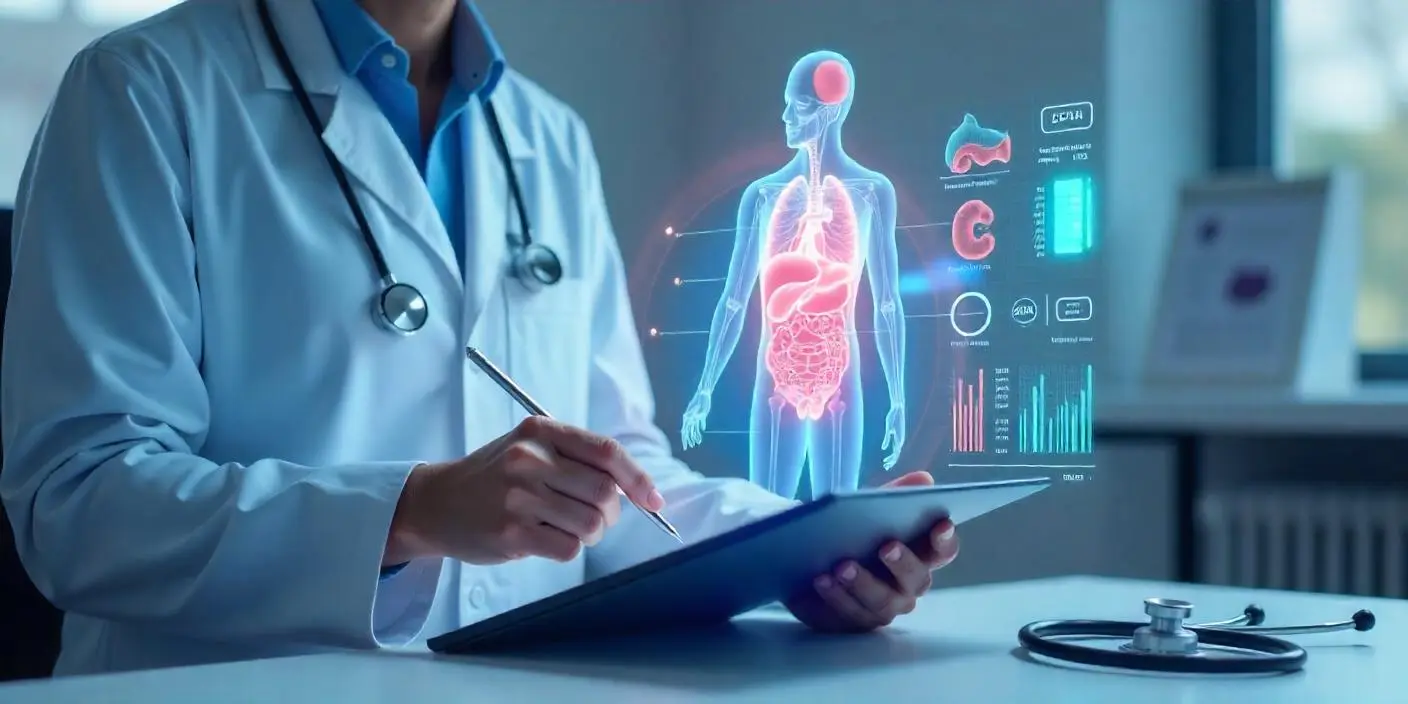
✅ Key Features of Goal-Based Agents
Here’s what makes them powerful in healthcare:
- Goal-Oriented Thinking: They don’t just act, they choose actions that move toward a health goal.
- Decision-Making with Purpose: Every step they take is based on reaching a desired result.
- Handles Complex Choices: They can weigh different options and pick the one that helps most.
- Flexible Responses: They adjust actions based on changes in the patient’s condition.
- Supports Personalized Care: They focus on individual goals like weight loss or medication control.
🏥 Example in Real Healthcare
Imagine a diabetic patient using a smart health assistant. The agent knows the goal: keep blood sugar in a safe range. It tracks meals, activity, sleep and medicine. If the sugar level goes too high, it gives advice like:
- “Take a short walk now.”
- “Drink more water.”
- “Time to take your insulin.”
This is how a Goal-Based Agent works. It sees the problem, remembers the goal and suggests steps to get there.
You’ll also see these agents in:
- AI tools that help to create personalized treatment plans
- Health apps that guide users toward fitness or recovery goals
- Systems that support doctors in choosing the best therapy
- Remote care tools that keep patients on track after surgery
- Virtual coaches that help in managing stress, sleep or chronic illness
They don’t just react, they lead. That’s why they’re becoming a big part of the future of care.
Also Read: Applications of AI in Healthcare and Problems with AI in Healthcare.
4. Utility-Based Agents
Healthcare isn’t just about reaching a goal. It’s also about choosing the best way to get there. That’s where Utility-Based Agents come in. These AI agents don’t just look at one solution. They look at many options and pick the one that gives the most benefit with the least risk.
Think of them as expert decision-makers. They measure how “useful” each action is. This score is called utility. Based on that, they choose the smartest move to get the best possible outcome for the patient.
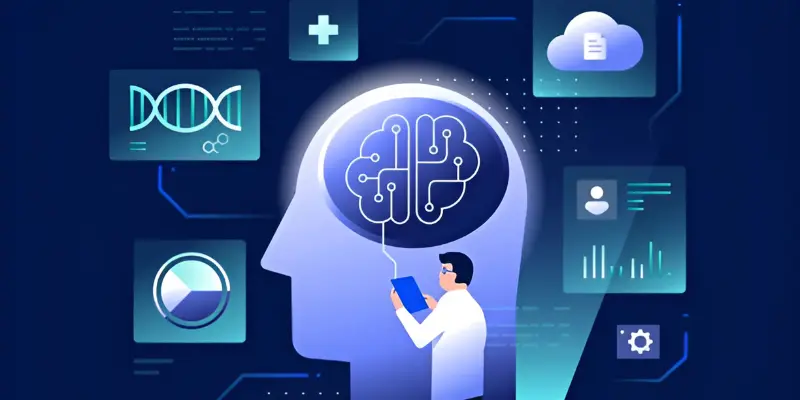
In hospitals, utility-based agents help doctors decide which test to run, which treatment to pick or how to adjust medication based on what works best in each unique case.
✅ Key Features of Utility-Based Agents
Here’s how they stand out in healthcare:
- Compare Multiple Choices: They look at many possible actions and rate them by usefulness.
- Pick the Best Option: They choose the one with the highest benefit and lowest cost or risk.
- Handle Complex Trade-Offs: They balance safety, time, cost and results in real-time.
- Personalized Decision-Making: They adjust choices based on each patient’s needs and preferences.
- Help in Critical Situations: They support decisions in surgery, emergency care and ICU settings.
🏥 Example in Real Healthcare
Let’s say a patient has a serious infection. The doctor has three antibiotic options. Each has different side effects, costs and response times.
The AI agent looks at:
- The patient’s age and allergies
- How severe the infection is
- Which drug worked best in similar cases
- The cost of each treatment
- Possible risks or delays
It then recommends the option with the best overall outcome. This is utility-based decision making in action.
You’ll also see these agents in:
- Treatment recommendation systems for cancer or chronic disease
- Emergency triage tools that help decide who needs care first
- Cost-benefit tools that guide insurance or hospital planning
- AI for surgery planning, choosing the safest and most effective approach
- Decision aids for doctors, especially when risks are high
This is all done by a Pharmacist, so are you also thinking will ai replace pharmacists?
5. Learning Agents
Imagine an AI system that gets smarter every day. It learns from what it sees, tracks mistakes and improves how it works over time. That’s exactly what Learning Agents do.
These agents don’t just follow rules or pick from fixed choices they learn from data. They use past experiences, patient outcomes and real-time updates to improve their decisions. The more they’re used, the better they get.
In healthcare, this is a game-changer. These agents help detect diseases earlier, choose better treatments and even find new patterns doctors might miss. Learning Agents are often powered by machine learning or deep learning, fancy words that just mean “AI that learns.”

✅ Key Features of Learning Agents
Here’s what makes them powerful and unique:
- Learn from Experience: They use past data to improve how they work in the future.
- Adapt to New Information: As new data comes in, they adjust their behavior automatically.
- Spot Hidden Patterns: They find connections in large datasets that are hard for humans to see.
- Improve Over Time: They keep getting better as they handle more cases or patients.
- Used in Research and Diagnosis: They support tasks like disease detection, drug discovery and treatment planning.
🏥 Example in Real Healthcare
Let’s say an AI agent is trained to detect skin cancer from images.
At first, it learns from thousands of labeled photos, some with cancer and some without. Over time, as it checks more images, it becomes better at spotting tiny signs of cancer, even in early stages. If it makes a mistake, doctors correct it and the system learns from that too.
You’ll also see learning agents in:
- AI that predicts heart attack risks based on patient history
- Systems that improve radiology results by comparing old and new scans
- Chatbots that learn how to answer patient questions more accurately
- Tools that help with personalized treatment planning
- AI that helps to design new drugs faster and more safely
These agents are like digital students in healthcare. They never stop learning and they help doctors make smarter choices every step of the way.
Also read AI companies in Medical imaging and learn how these companies are using AI to to better diagnose diseases.
Why Knowing These Types Matters
Understanding the different types of AI agents isn’t just for tech experts. It matters to everyone involved in healthcare like doctors, patients and developers. Why? Because each group can use this knowledge to make better decisions, build trust and create smarter solutions.
Let’s break it down:
For Healthcare Workers
Doctors, nurses and hospital staff use many AI tools every day. Knowing the types helps them:
- Choose the right AI tool for the right task
- Know the limits of simple systems vs. learning ones
- Make faster, safer decisions with the help of smart agents
- Reduce mistakes by knowing when human judgment is needed
For Patients
Patients often interact with AI without even knowing it. Understanding how these agents work can:
- Build trust and confidence in health tech
- Help them use AI more effectively in daily care
- Set realistic expectations by knowing what AI can and can’t do
- Make them feel more in control of their health journey
For Developers and Startups
If you’re building the next big thing in health tech, this knowledge is key. It helps you:
- Choose the right type of AI agent for the problem you’re solving
- Create tools that are safe, smart and user-friendly
- Align your product with what doctors and patients truly need
- Improve adoption by building trustworthy and transparent AI
Conclusion
Hello Friends! We have gone through Different types of AI agents in the healthcare industry. AI is changing healthcare in many exciting ways, and understanding its different types helps us see its full potential. From intelligent diagnosis and predictive analytics to surgical robots and virtual assistants, each AI agent has a unique role in improving patient care and hospital efficiency.
Which type of AI agent interests you the most? Let me know in the comments section
FAQs on Types of AI Agents in Healthcare
Here are some common queries that can left doubtful after reading this article;
No, AI agents are not replacing doctors. They only support doctors by providing faster data, alerts or suggestions. Final decisions still come from trained medical professionals.
Simple reflex agents and learning agents are most common right now. Many hospitals use them in monitors, alerts and diagnostic tools. They help with quick actions and smart recommendations.
Yes, AI agents can make mistakes, especially if the data is wrong or incomplete. That’s why doctors always review AI decisions. These tools help but they don’t replace expert judgment.
Yes, most AI tools for home care go through safety checks before use. Devices like smart wearables and apps use simple or model-based agents to guide care. Always choose tools that are approved by health authorities.
Some simple agents work offline (like alarms or reminders). But advanced agents like learning ones, often need internet access to update and share data. It depends on the type and purpose of the tool.
Learning agents use past data to improve over time. They spot patterns and adjust their actions to get better results. The more data they get, the smarter they become.
Some AI tools can be costly, especially advanced hospital systems. But many basic tools like mobile health apps or wearables, are affordable. Costs often depend on how complex the agent is.
Usually, patients don’t choose the agent directly. They choose a device or app and that product already has a type of agent inside. Still, knowing the type helps them understand how it works.
AI agents are the “brains” that make decisions. Robots are the physical machines like surgical arms or delivery bots that may use these agents to act. Not all AI agents are in robots, many live inside software or apps.
Look for tools from trusted companies or healthcare providers. Check if it’s approved by medical authorities or used in hospitals. Also, ask your doctor if it’s safe and suitable for you.





